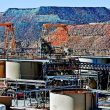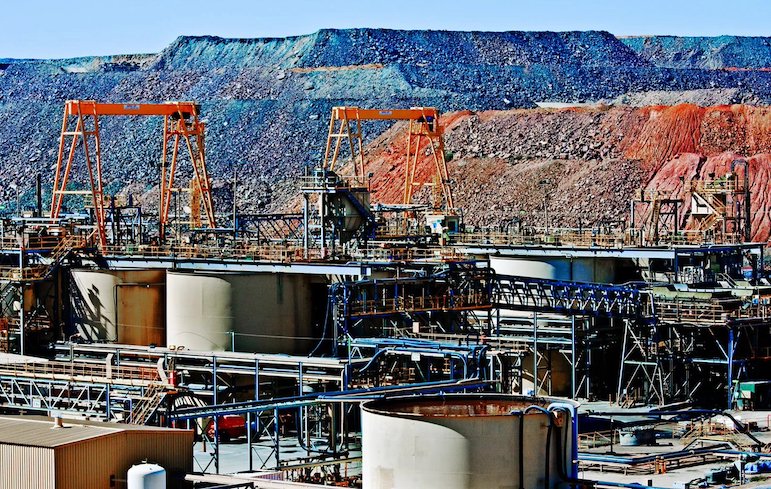by Vaibhav Tandon, Senior Economist, Northern Trust
China has a leverage over the United States in the market for rare earths.
As a student, I was taught that monopolies are bad for an economy. Too much market power leads to inefficiency, higher prices and less innovation.
At a national level, monopoly can be wielded as a weapon for furthering strategic interests. We are living through an example of this. After the U.S. imposed substantial tariffs on China, Beijing responded with tariffs of its own and with restrictions on exports of seven rare earth minerals. The latter action will be a particular hindrance to American manufacturers.
Rare earths are a group of 17 chemically-similar elements, which are not extremely scarce but which are difficult to separate from each other. These minerals are used in a number of products including smartphones and automobiles. They are also important ingredients for aerospace and defense technologies. The global demand for rare earth metals has intensified amid the green transition and the rise of artificial intelligence algorithms. Over the past 30 years, global production has grown almost fivefold to more than 350,000 metric tons.
Beijing dominates the global supply of these substances. It is the world’s largest producer of rare earth elements, accounting for more than two-thirds of global extraction and over 90% of refining, processing and manufacturing. Asia’s largest economy has 44 million tons of rare earth reserves, equivalent to over one-third of the global total.
China has a leverage over the United States in the market for rare earths.
Between 2020 and 2023, China supplied 70% of U.S. rare earth imports. These commodities are therefore a significant source of leverage in trade negotiations. Beijing has used its dominance in this space in the past, halting exports to Japan in 2010 amid rising tensions.
Rare earth elements are neither easily replaceable nor readily available in adequate quantities outside of China. Nations like Myanmar, the U.S., Vietnam, India and Russia hold some reserves, but lack production and processing capacity. Greenland and Canada have largely untapped deposits of rare earths, making them strategic hotspots for the U.S. administration. But their reserves are even smaller than those of the United States.
The U.S. has only one operational rare earth mine and lacks the capacity to separate heavy rare earth elements. Three American companies are in the process of expanding production capacity and sourcing minerals from U.S. allies. That’s a start, but America will struggle to meet ever-increasing demand.
Rare earth materials make up a minimal fraction (about 0.01%) of China’s global exports. Curbs on shipments will therefore have only limited economic implications for China. Given the heavy usage of minerals across a spectrum of industries in the United States, a prolonged suspension of supply will hit America hard.

A lasting disruption could force shutdowns of U.S. auto plants, as the stockpile of essential components is likely run out within a matter of months. These metals are critical ingredients for capacitors, which supply power to computer servers and smartphones. Heavy rare earths are also critical to defense, featuring in fighter jets, unmanned aerial vehicles, missiles and radar.
Across administrations, the U.S. has been trying to restrict technology transfers and access to chip-manufacturing equipment. These moves are aimed at impairing China’s ability to capitalize on its cache of rare earth minerals. America and its allies have the facilities to make high-end components, but lack the necessary raw materials. In a world hungry for high-tech products, this is an especially costly impasse.
Copyright © Northern Trust














